George Wollsten: Expert Stock and Grain Trader
$26.40
| Author(s) | |
|---|---|
| Product Type |
Ebook |
| Format |
|
| Skill Level |
Intermediate to Advanced |
| Pages |
247 |
| Publication Year |
1946 |
| Delivery |
Instant Download |
George Wollsten’s Book by George Bayer is one of the most enigmatic and mathematically profound works ever written on the subject of market forecasting. First published in the early 20th century, this rare volume stands as a bridge between mystical philosophy, astronomical observation, and precision trading analysis. Bayer, a pioneer in esoteric market theory, wrote under the pseudonym “George Wollsten” to conceal his innovative methods that merged planetary cycles, natural law, and the vibrational structure of price movement.
This book introduces traders to a universe where time, motion, and geometry intertwine—where celestial rhythms determine market highs and lows, and where the understanding of planetary influences can unlock the secret order behind chaos. It demonstrates how recurring planetary aspects, angles, and declinations correspond to turning points in commodities and stock prices.
Bayer’s approach blends astronomical computation with intuitive reasoning, offering charts, coded examples, and geometric diagrams that show how the markets follow cosmic order rather than randomness. This work remains essential for advanced cycle students, Gann followers, and astro traders seeking to decode the mathematical heartbeat of the market.
✅ What You’ll Learn:
- How George Bayer integrated astrology, astronomy, and mathematics to forecast market cycles.
- The hidden laws of vibration and periodicity that govern price movement.
- How planetary relationships influence market reversals and long-term trends.
- The geometric and numerical logic behind Bayer’s esoteric market timing models.
- How to read and interpret celestial configurations to anticipate market energy shifts.
💡 Key Benefits:
- Access one of the foundational texts that inspired W.D. Gann and later astro-cycle theorists.
- Learn a structured, data-driven approach to astro-financial forecasting.
- Understand why planetary motion mirrors economic and psychological behavior.
- Enhance timing precision for entries and exits using planetary aspects and harmonic angles.
- Gain deep insight into the unity between natural law and speculative markets.
👤 Who This Book Is For:
- Advanced traders and analysts studying astro-finance, geometry, and time cycles.
- Students of Gann, Sepharial, and Dewey seeking deeper esoteric structure in markets.
- Researchers exploring planetary and vibrational influences on price dynamics.
- Anyone intrigued by the intersection of mathematics, astrology, and financial forecasting.
📚 Table of Contents:
- JIM WOLLSTEN EMIGRATES TO THE UNITED STATES
- JIM WOLLSTEN’S FIRST YEAR ON THE FARM
- GEORGE WOLLSTEN ARRIVES AT NEW YORK
- GEORGE’S APPROACH TO THE MARKETS
- ACTIVITIES DURING THE WINTER 1909-10
- GEORGE WOLLSTEN GOES TO N.Y TO TRADE STOCKS AND GRAINS
- GEORGE WOLLSTEN CONTINUES TRADING IN THE WEST
- ADVANCED TRADING OF GRAINS AND STOCKS
George Wollsten: Expert Stock and Grain Trader By George Bayer
1 review for George Wollsten: Expert Stock and Grain Trader
Clear filtersOnly logged in customers who have purchased this product may leave a review.

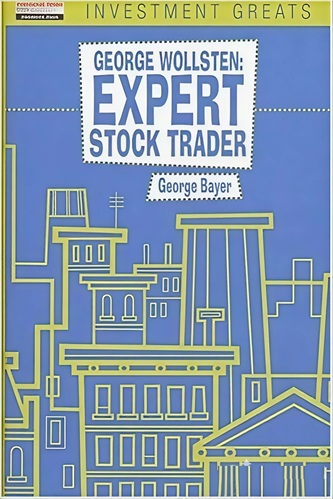
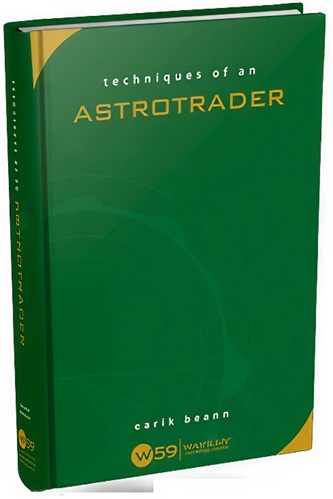
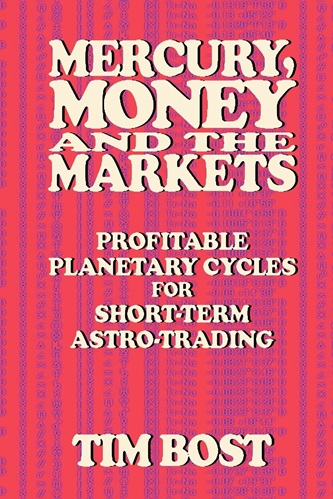
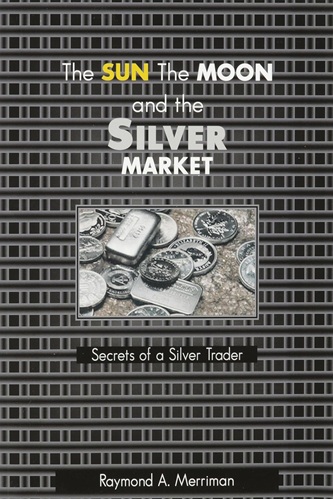

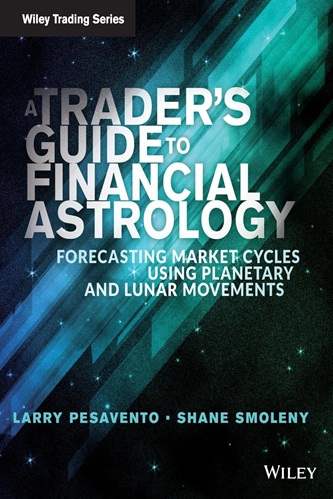


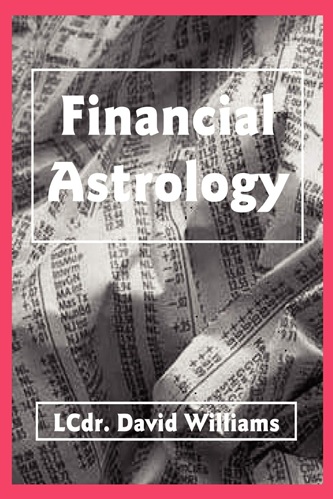
Liam Enriquez (verified owner) –
“George Wollsten” is a semi-autobiography written in the 1940s, which covers the first years of the author’s life, up to about 1910, after he moved to the US from Germany. Bayer was a mathematically-oriented student of the financial markets who developed some unique perspectives on forecasting, analysis, and trading which are presented in this book.
His first method is astrophysical and involves timing the wheat market through aspects between faster and slower moving planets. At the back of the book is a chart showing wheat prices along with the corresponding planetary positions. Although there seems to be a weak-form correlation, visually, it does not appear likely that this method would be profitable.
The second method presented uses two different-sized ellipse overlays to indicate the beginning, mid-point, and endings of trends. While this method seems to have merit, it will run into scaling problems if the relation of the length of the ellipse to the size of the graph does not maintain the appropriate Mercury-cycle dimensions. Two less-troublesome, modern-day equivalents are Bollinger bands and Wilder’s parabolic system. Bollinger bands are useful in determining potential high and low points in trading markets, while the parabolic system functions as both an entry method and a trailing stop in trending markets.
The third method presented is the “Polish ellipse” and is another overlay placed upon counter-trend reactions. With the instructions given, the “Polish ellipse” is in effect, a wave-counter which is useful for timing the five waves in an Elliott-wave expansion sequence. It also seems to handle wave extensions quite well. This method has some utility if scaling problems do not get in the way.
The fourth method is an oscillator which aids in picking tops and bottoms. The construction presented by Bayer has a troublesome, built-in lag. However, if all of the factors are step-weighted and ranged in a 5-5-3-3 sequence, the oscillator becomes a coincident indicator and its utility is markedly enhanced.
The fifth method is “squaring the circle” and is useful for projecting potential support and resistance areas from any given high or low pivot prices. However, where Bayer indicates “points,” it is better to use percentages.
While some of Bayer’s methods are clearly better than others, all are interesting and can be used as starting points for further research. The historical value of this book is three-fold, it: 1) is the first book (of which I am aware) to offer a complete methodology for trading; 2) shows the trail of reasoning of a market practitioner as trades actually matured; and 3) indicates that money and markets are no more than a very insignificant supplement to what is required for living a valued and productive life.